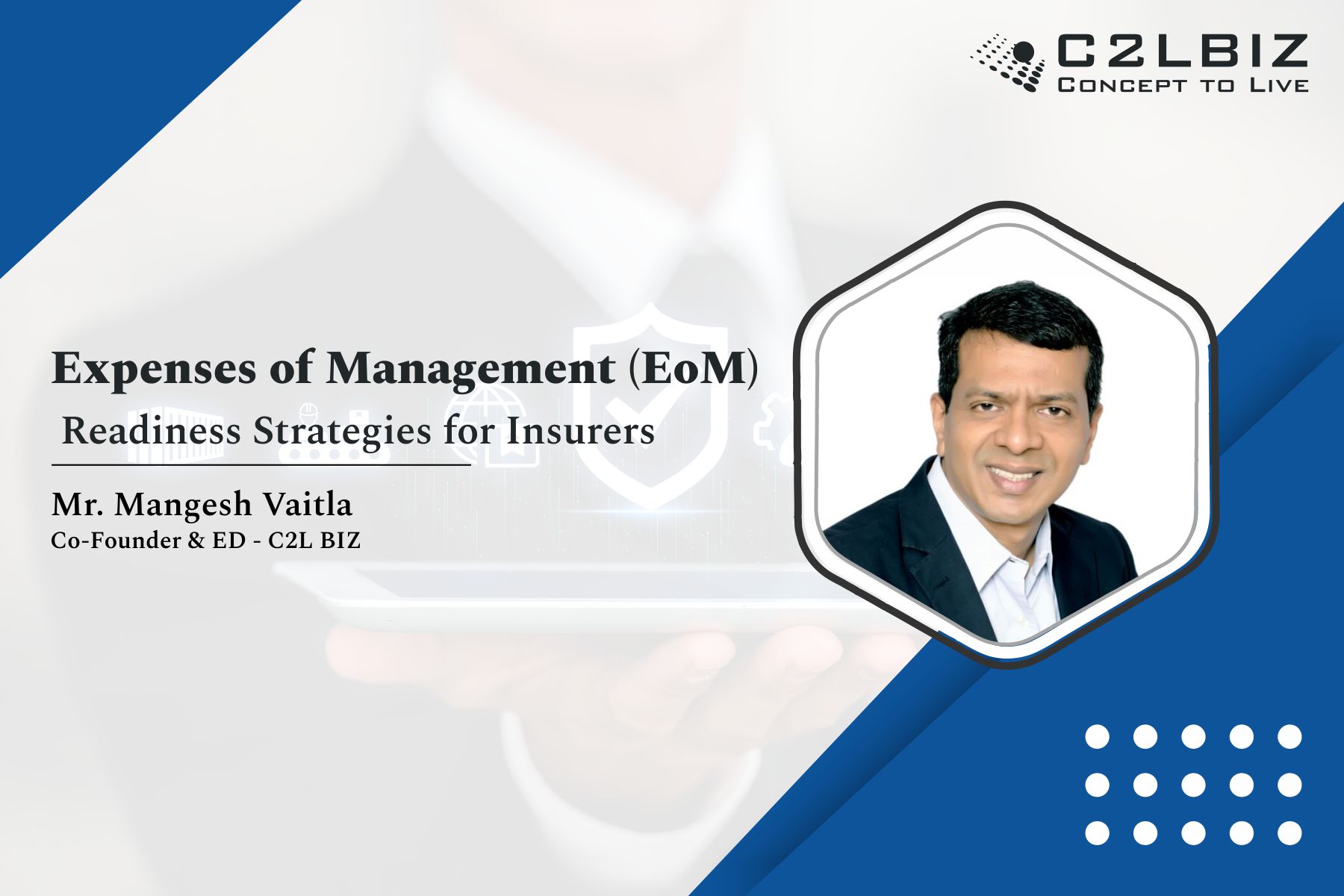IRDAI’s recent regulations on Expenses of Management (EoM) presents multiple challenges for Indian Insurers. To start with, EoM calls for significant adaptation at strategic and process levels. These require changes to the way insurers approach the overall business.
From an insurer standpoint, there are primarily five aspects to adapt to in the new EOM regime. Here is a quick roundup of how insurers can address these challenges.
EoM Strategy #1
Transition to a holistic distribution management model
Distribution models in use at Indian insurers are usually a result of silos that operate and evolve over time. This creates multiple issues in the EoM regime.
EoM regulations call for evaluation of compensation—from more than just the traditional commission standpoint. EoM ushers in a sea change where the focus is on overall distribution costs. This cuts across rewards, recognition, and other programs. In this context, insurers must ensure holistic management of distribution.
EoM Strategy #2
Align compensations with business objectives
Holistic distribution management goes beyond the strategies to maintain gross limits. It requires detailed analysis of compensation model effectiveness, which is the next point of our discussion.
The EoM regime makes it imperative that an insurer evaluates every compensation’s capability to fulfil the company’s overall business objectives. From a holistic level, this requires analysis about the alignment of compensation models with business and distribution strategies.
When we get down to the actual evaluation of a specific compensation, it calls for comprehensive analytics. Advanced insights into the holistic information at hand becomes critical at this point.
EoM Strategy #3
Enhance competitiveness with differentiated rewards
EoM will increase overall competitiveness among insurance agents and intermediaries. Especially when we factor in the removal of commission payment limits to insurance intermediaries.
If we apply the 80-20 rule in the EoM context, it raises the need to differentiate rewards. This 20% of high performers account for 80% of every insurer’s overall business. These achievers must be recognized and rewarded differently in comparison to the lower performers. This requires differentiated capabilities on fronts like compensations, service, and payouts.
EoM Strategy #4
Initiate all-new operational tracking models
Conventional financial period dependent reporting mechanisms are in use now at most Indian insurers. The advent of EoM calls for more frequent tracking mechanisms.
For example, EoM requires that insurers regularly track their status in terms of funds earmarked for distribution. This is where operational tracking on a regular monthly or a quarter-on-quarter basis becomes critical. Such end-to-end reporting capabilities will be extremely important for insurers to meet final objectives.
EoM Strategy #5
Gear up for EoM compliance mandates
High compliance levels and audits are a key aspect of the EoM regime. A case in point is the inclusion of mandatory audits which require signoffs from the top CXOs in line with the board’s defined policy.
EoM requirements require a substantial change from conventional approaches. As a result of these new mandates, proper robust systems are the need of the hour. CXOs will be able to sign off only if there is availability of such comprehensive monitoring and tracking mechanisms.
The new EoM regulations are a great step to increase insurance penetration in India. It will also enable sustainable growth of our insurance industry.
Indian insurers must view EoM as a fantastic opportunity to transform their business and distribution models. We will comprehensively address each of these possibilities in our upcoming blog posts.





